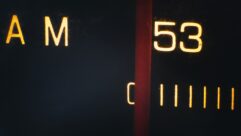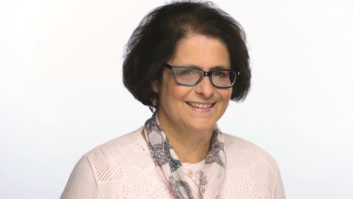This Month in SBE History: SBE Certification
Jul 1, 2014 9:00 AM, Chriss Scherer, CPBE CBNT
The Society of Broadcast Engineers established the program of certification as a service to contribute to the advancement of broadcast engineering for the general benefit of the entire broadcast industry. The program was launched in 1975 to recognize and raise the professional status of broadcast engineers by providing standards of professional competence. Through the years, it has become recognized as the primary method of verifying the attainment of educational standards.
In 2003, the SBE Certification Program was recognized by the National Skill Standards Board. NSSB Certification Recognition promotes quality assurance in the certification marketplace and provides national recognition for certifications that meet the quality benchmarks. With the industry constantly changing, the SBE-certified engineer must keep up with those changes.
New certifications are awarded when an individual completes and passes a written exam. The exam process was always part of the program of certification plan, and a question pool had been developed by the time the program was launched, although it would be several months before the first exams were administered.
Once certified, an individual must renew or advance his or her certification every five years. Unlike FCC individual licensing which was valid for life, SBE certification is renewed to ensure the individual is keeping up with current technology and engineering practices.
The program of certification has several objectives:
> To raise the status of broadcast engineers by providing standards of professional competence in the practice of broadcast engineering and related technologies.
> To recognize those individuals who, by fulfilling the requirements of knowledge, experience, responsibility and conduct, meet those standards of professional competence.
>To encourage broadcast engineers to continue their professional development.
In the earliest months of the program, the initial certifications were granted via an application and credential review process to grandfather broadcast engineers into the program. By March 1977, the review board approved and awarded the Senior Broadcast Engineer certification to 1,187 people. By April 1978 there were 1,489 Senior Broadcast Engineers.
The first SBE certification exams were administered in July 1977. In this first round of exams, certification was awarded to two Senior Broadcast Television Engineers, one Senior AM/FM Broadcast Engineer, and five Television Broadcast Engineers.
Later in the program”s development, the certification titles were modified and standardized to the titles we know today.
Historical source: The History of the Society of Broadcast Engineer, 1964�1981, by Bradley L. Dick, CPBE.
Scherer is a contract engineer and recording engineer in Kansas City, and former editor of Radio magazine.








